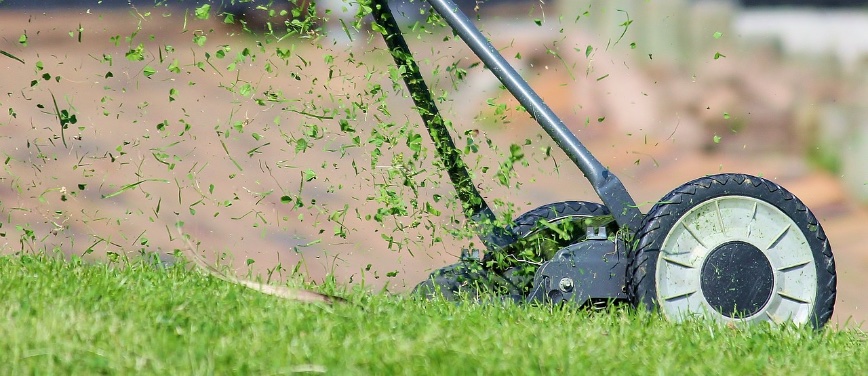Your Neighborhood Lawn Care Provider.

Lawn Maintenance - Best Practices
- On January 15 2025
Proper maintenance practices along with our treatment programs will ensure the best lawn possible. There are many things that you can do to maintain and enhance environmental impacts. A few suggestions are:
- Mow to the right height. Mowing lawns to the proper height can reduce weed problems by as much as 80 percent. Low and infrequent mowing can damage your lawn, as well. Make certain that no more than 1/3 of the grass blade is removed after each mowing. As temperatures increase, raising the mower blade will reduce stress on the grass plants. The following is a mowing guide for your reference: Kentucky Bluegrass 3-4 inches Tall Fescue 3-4 inches Perennial Rye 3-4 inches Fine Fescue 2 1/2 - 3 1/2 inches Zoysia 2-3 inches
- Keep lawnmower blades sharp. Have your lawnmower blade sharpened each spring. A dull blade can damage grass and increase the likelihood of disease.
- Water wisely. If you can water your lawn or have a sprinkler system, water early in the morning. Nighttime water promotes fungal diseases. As a rule, water less often for longer lengths of time. Avoid frequent, light watering - it promotes shallow root growth and encourages weeds. Many species of turf grass naturally go dormant during the hot, dry summer months. It is not necessary to water grass that has gone dormant.
- Aerate your soil. Water, air and nutrients needed by grass roots cannot penetrate soils that are compressed or compacted due to heavy foot traffic or high clay content. Lawns should be core aerated periodically to reduce compaction and allow grass roots to strengthen and grow. You can rent a sod coring tool or motorized aerator or ask us to provide this service. Aeration is included in our AgroPlus Program.
- Recycle grass clippings. Grass clippings supply free fertilizer and will not cause thatch problems, as long as the grass is not allowed to get too long before mowing. Cut grass frequently enough so that no more than 1/3 of grass plants are removed after each mowing. If grass clippings are routinely left on the lawn for two years or longer, you may be able to lower nitrogen fertilizer applications by 25 percent or more. Keep grass clippings and other lawn debris out of the street gutters and storm drains where they can leach nutrients into Bay pathways as they decompose.
